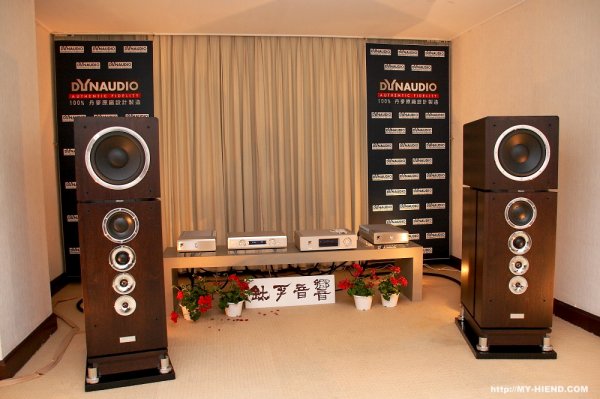Hi NorthStar, thanks. I tried many curves, including flat, X curve, and others and always come back to the B&K target as it seems to have two properties that suit my ears (and seemingly others that were referenced in the B&K and Harmon articles). One is the tonal balance or timbre; sounds not too dark, not too bright, but just right.
The other aspect that surprised me was the depth of field of the soundstage. If my target curve was more towards flat frequency response (relative to the B&K curve) that pushed the depth of field too far forward. If it was rolled off more than the B&K target, the depth of soundstage was too far back. But the B&K curve, like the frequency response, is just right too.
The closest I can say it sounds like a good set of headphones with mimimal room resonances - very smooth response. Relative to headphones and the B&K curve, the frequency response at the listening position is +-3dB from 20Hz to 20KHz.
Back when I was a recording/mixing engineer, I worked as a house engineer in a few studios in Western Canada. I was lucky enough to have worked with Chips Davis and his LEDE rooms. In this article you can see some pictures of those rooms and the amount of acoustic treatments we used:
http://www.computeraudiophile.com/blogs/Hear-music-way-it-was-intended-be-reproduced-part-5
I have nothing against acoustic room treatment other than it is expensive to get the level of performance I can get with digital room correction. And this is not the old school correction where you are locked into one place. The whole room benefits. With the computing power we have today and the software sophistication of these DRC programs, it is amazing to me how good it sounds.
While I am just showing frequency response here, there is also time alignment available with these DRC software, which is another discussion altogther.
Btw, that is one super nice room that Bruce has there. Fantastic! I hope to see some ETC and waterfalls with REW.
Cheers, Mitch



